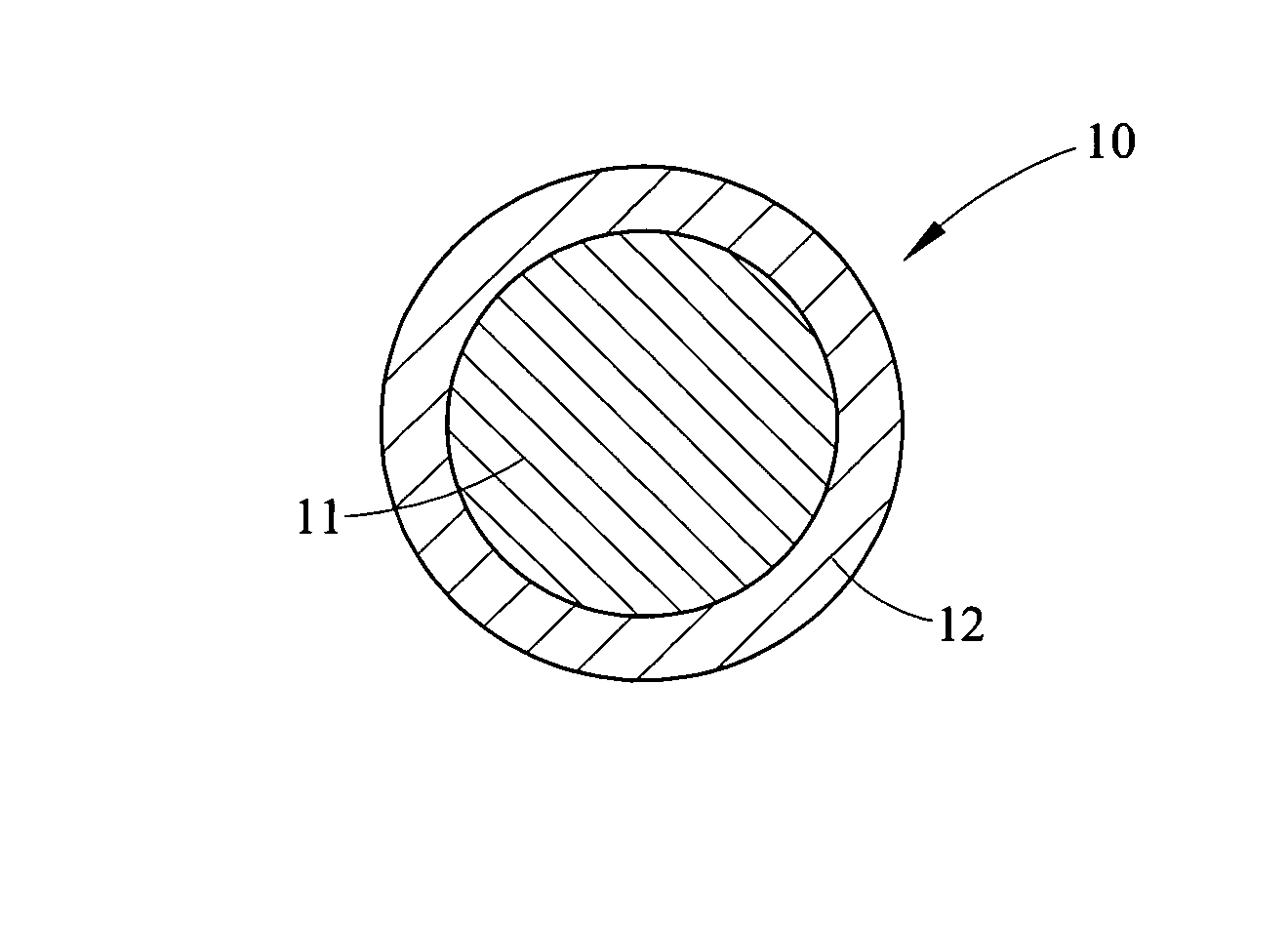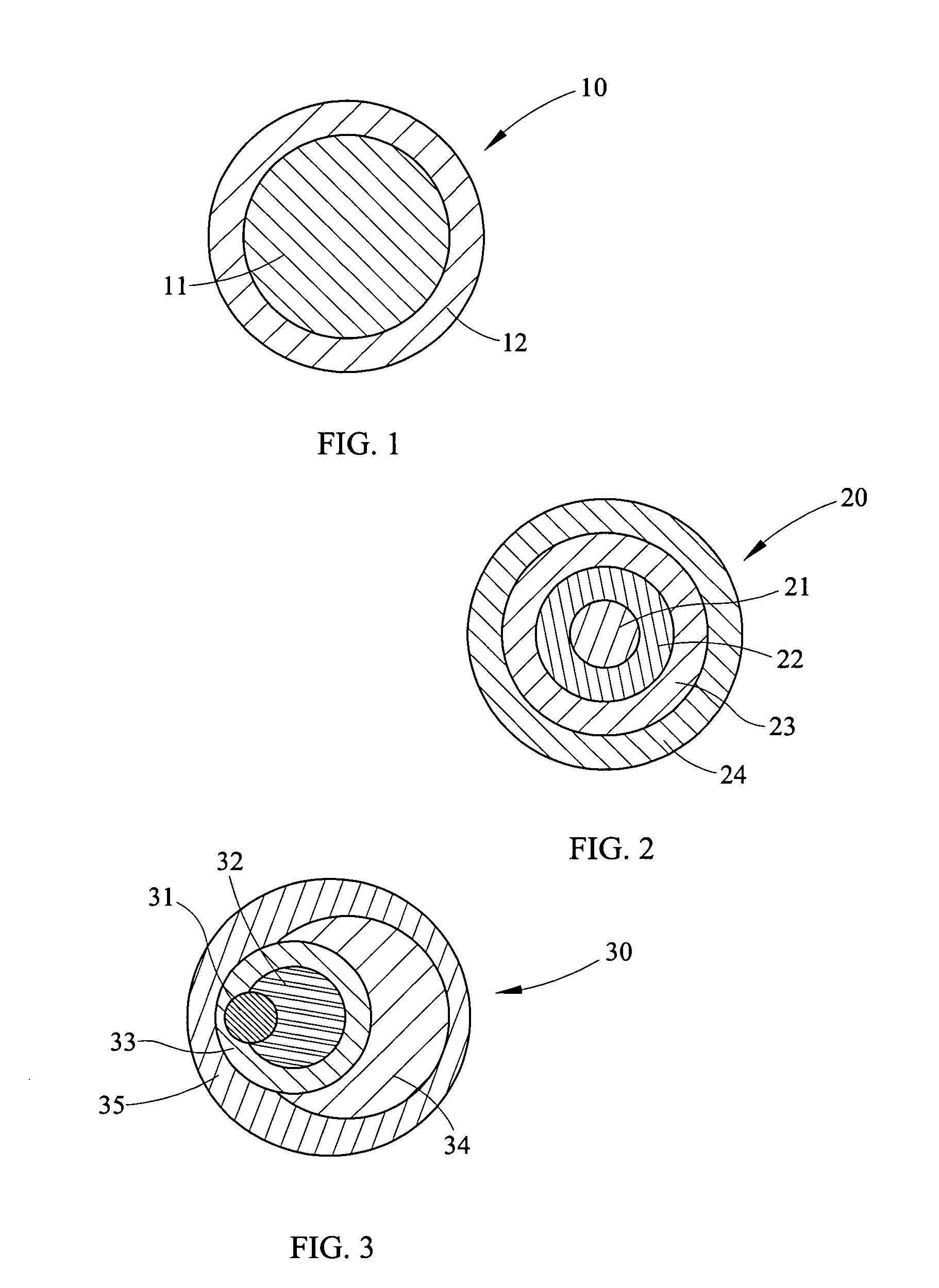Encapsulated reactant and process
- Summary
- Abstract
- Description
- Claims
- Application Information
AI Technical Summary
Benefits of technology
Problems solved by technology
Method used
Image
Examples
Embodiment Construction
[0028]The present invention provides encapsulated reactant(s) and methods for controlling the release and / or distribution of one or more reactants that provide for methods of soil, water, water treatment, and / or other environmental remediation and / or treatment. The term water as used herein refers to water in a broad sense and incorporates natural solutes. Water is considered to be a universal solvent and has hardness, metals, and a variety of minerals and salts naturally dissolved and / or ionized therein. Therefore, water includes solutes except for selected contaminants and inerts. The encapsulated reactants of the present invention may be used in in situ or ex situ processes. The controlled release and / or distribution of the reactant(s) is manipulated via an encapsulating coating to target contaminants or specific organic compounds in the media being treated. The encapsulated reactants may be oxidants, catalysts, chelants, transition metal amine complexes, combinations thereof, an...
PUM
 Login to View More
Login to View More Abstract
Description
Claims
Application Information
 Login to View More
Login to View More - R&D
- Intellectual Property
- Life Sciences
- Materials
- Tech Scout
- Unparalleled Data Quality
- Higher Quality Content
- 60% Fewer Hallucinations
Browse by: Latest US Patents, China's latest patents, Technical Efficacy Thesaurus, Application Domain, Technology Topic, Popular Technical Reports.
© 2025 PatSnap. All rights reserved.Legal|Privacy policy|Modern Slavery Act Transparency Statement|Sitemap|About US| Contact US: help@patsnap.com


